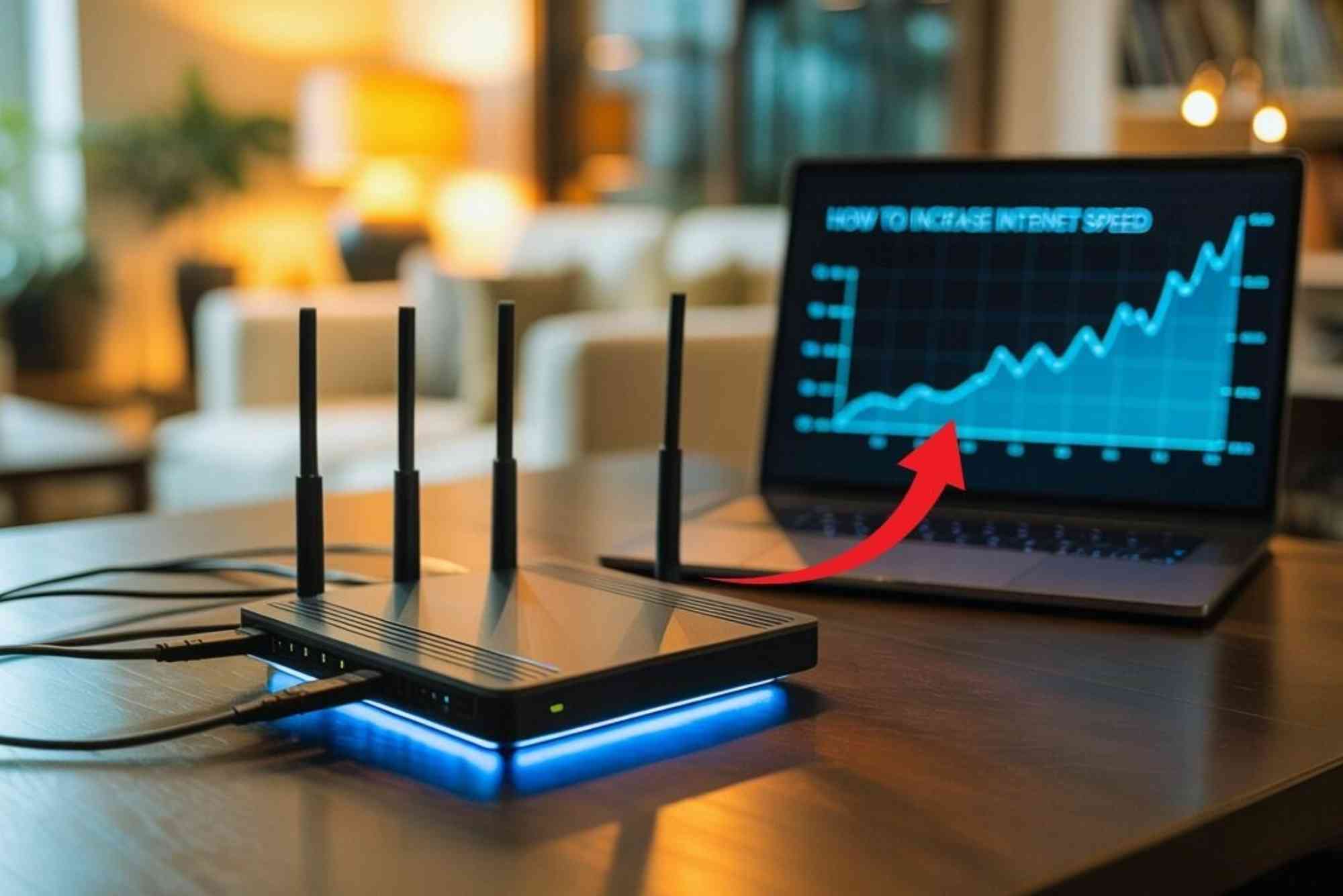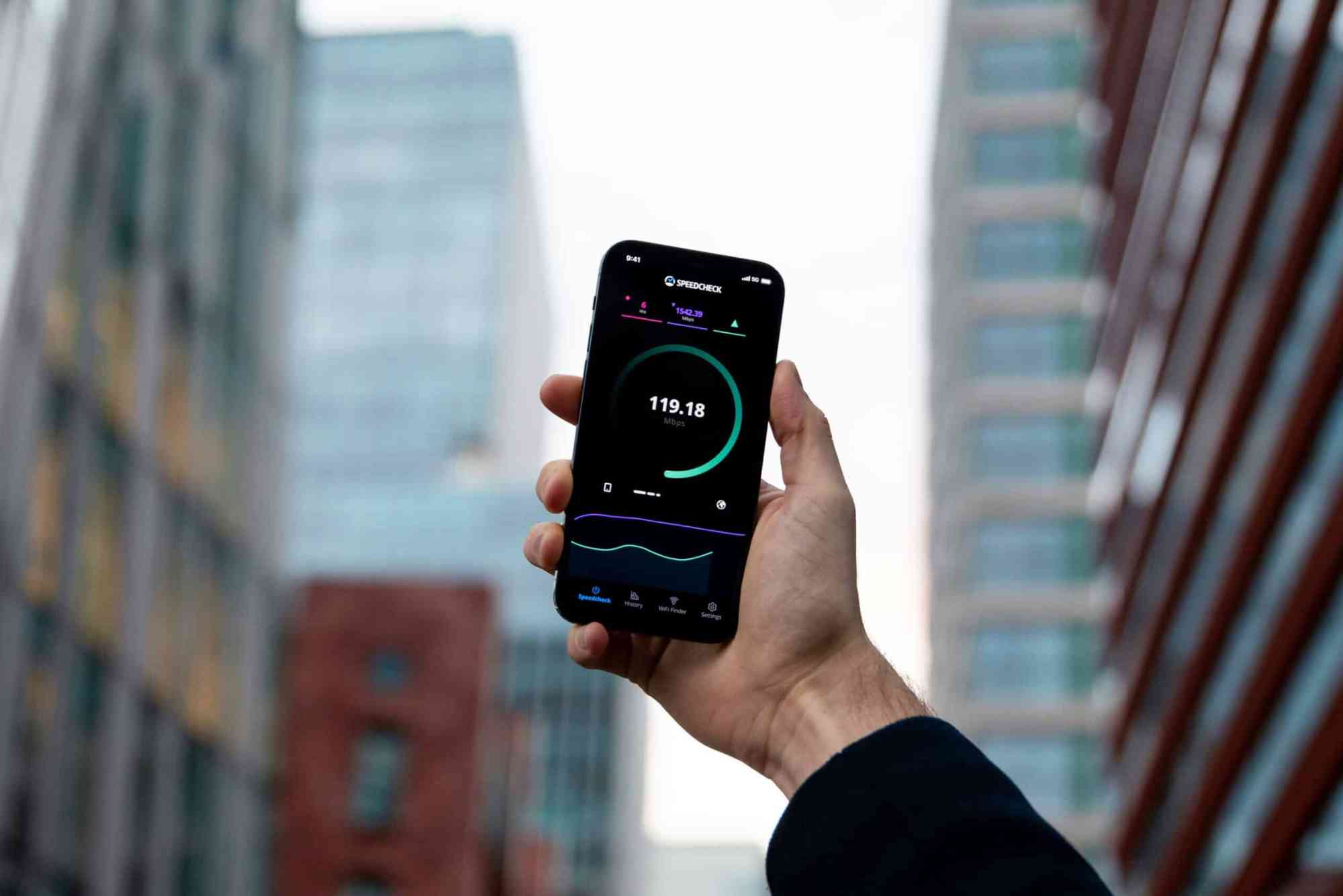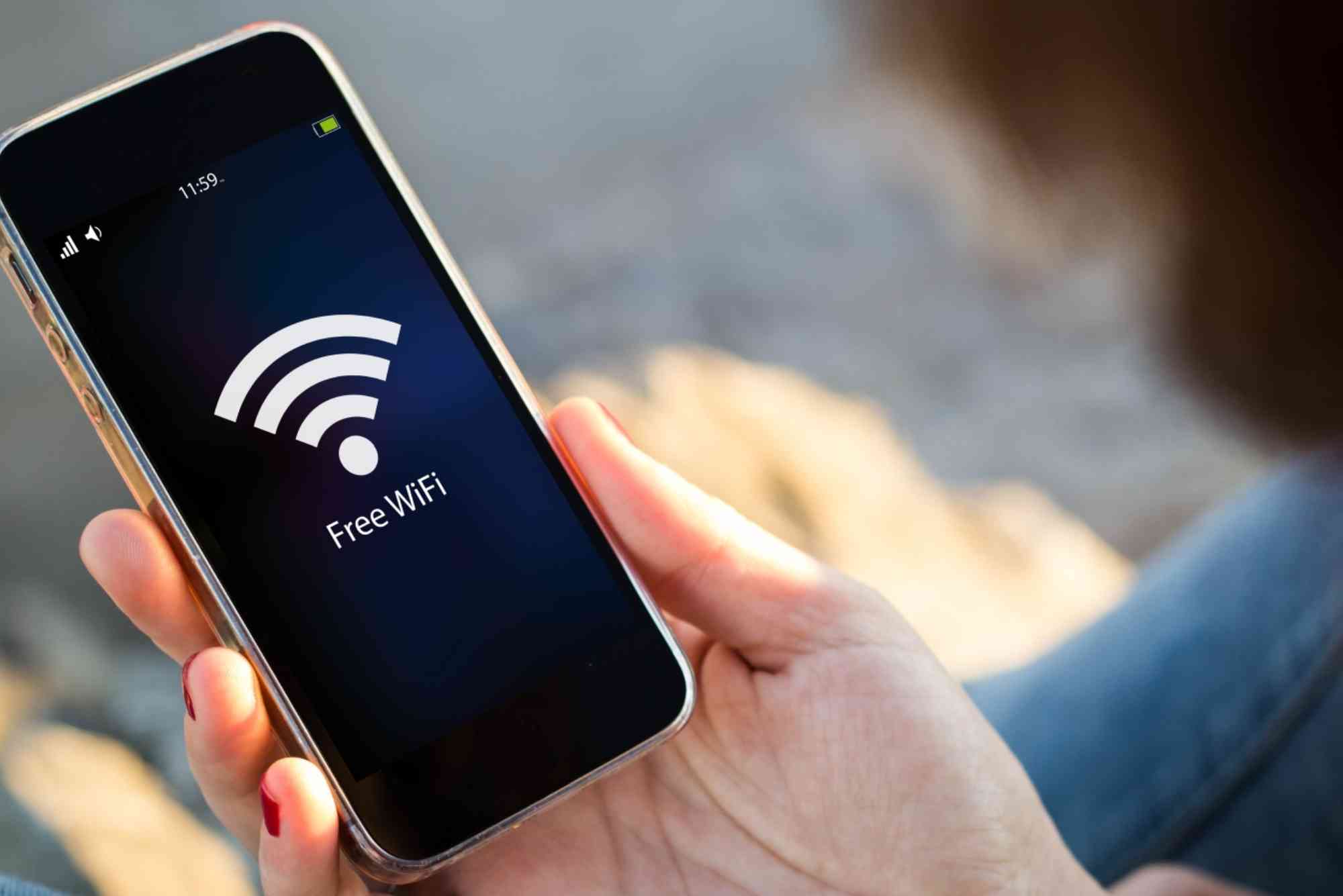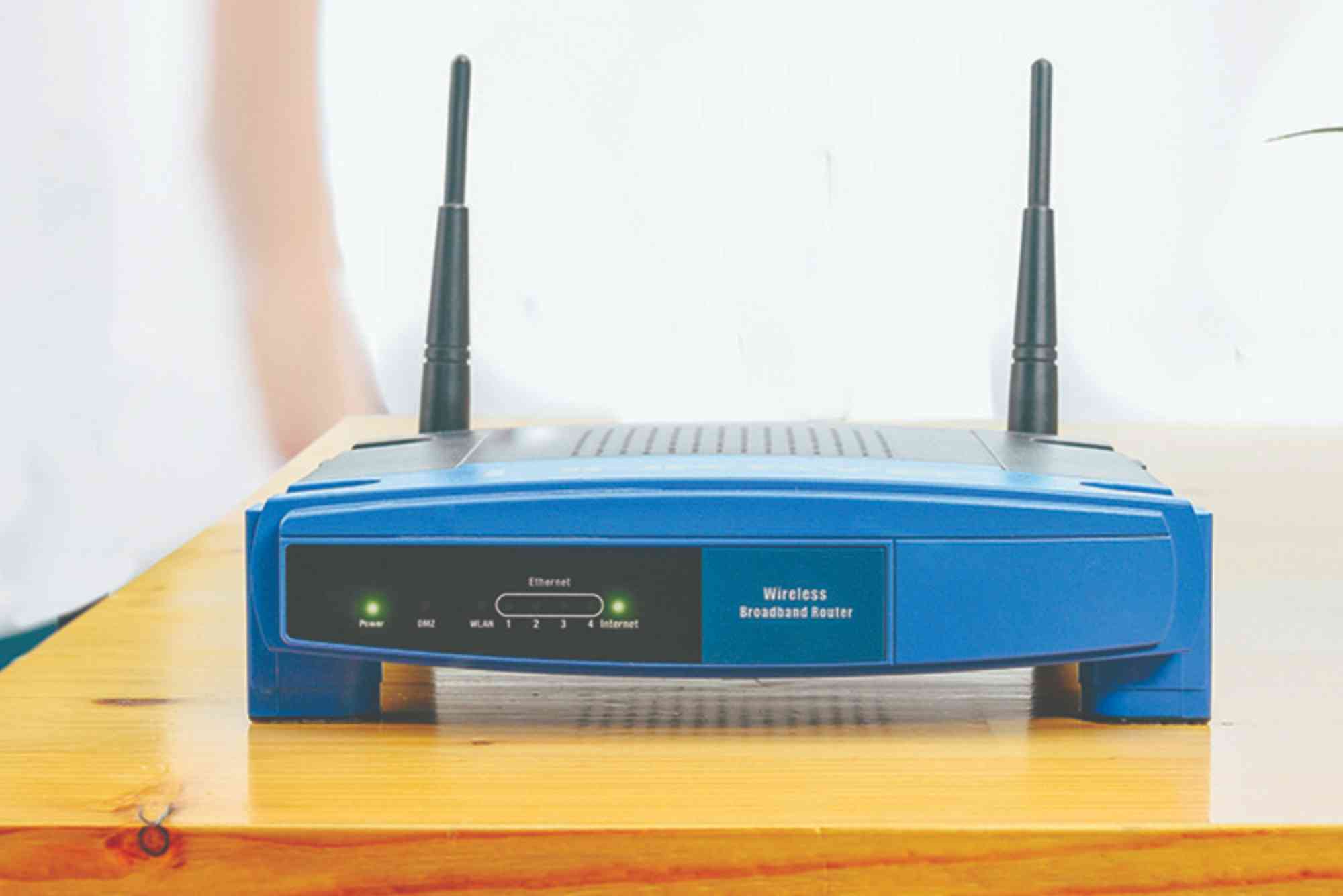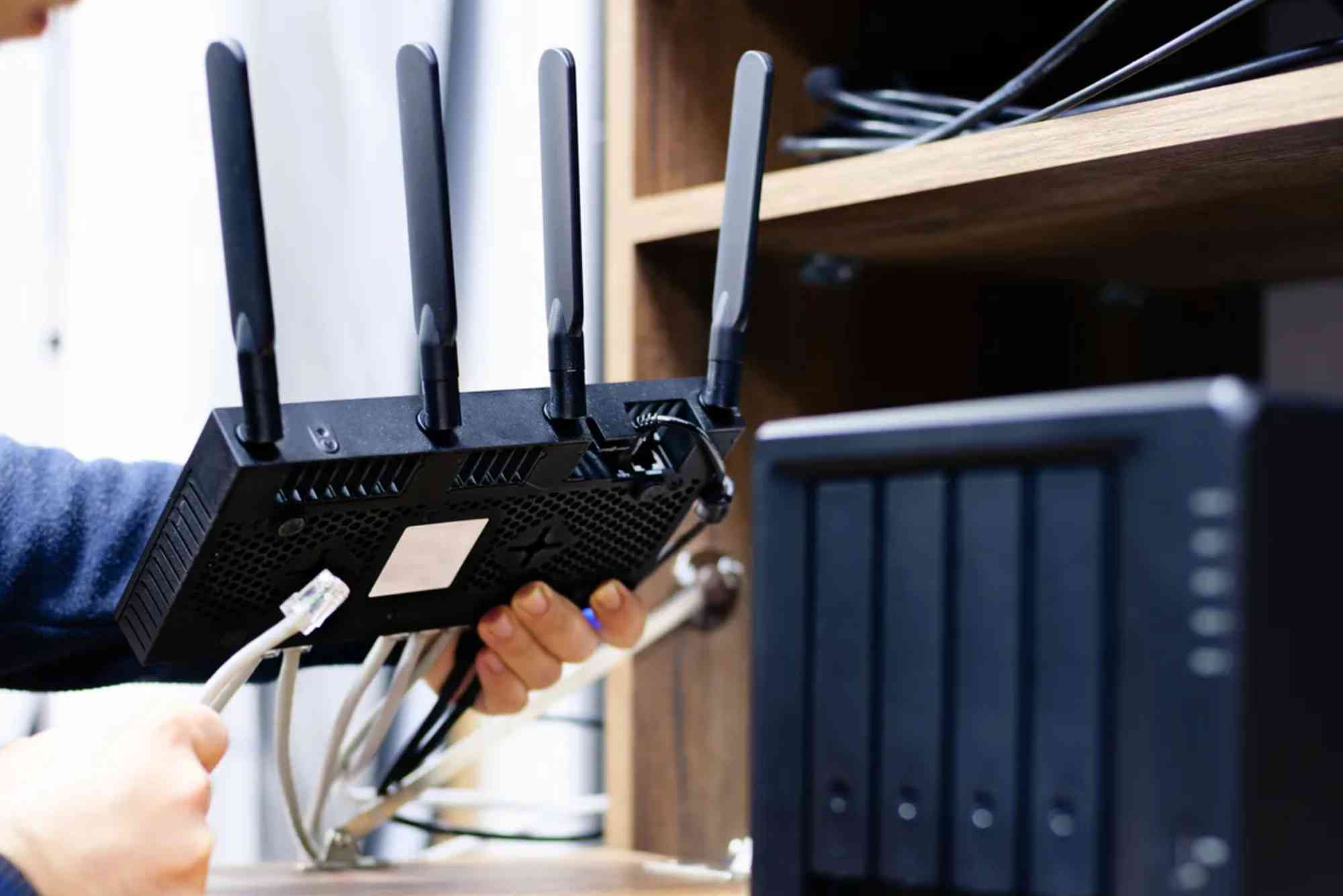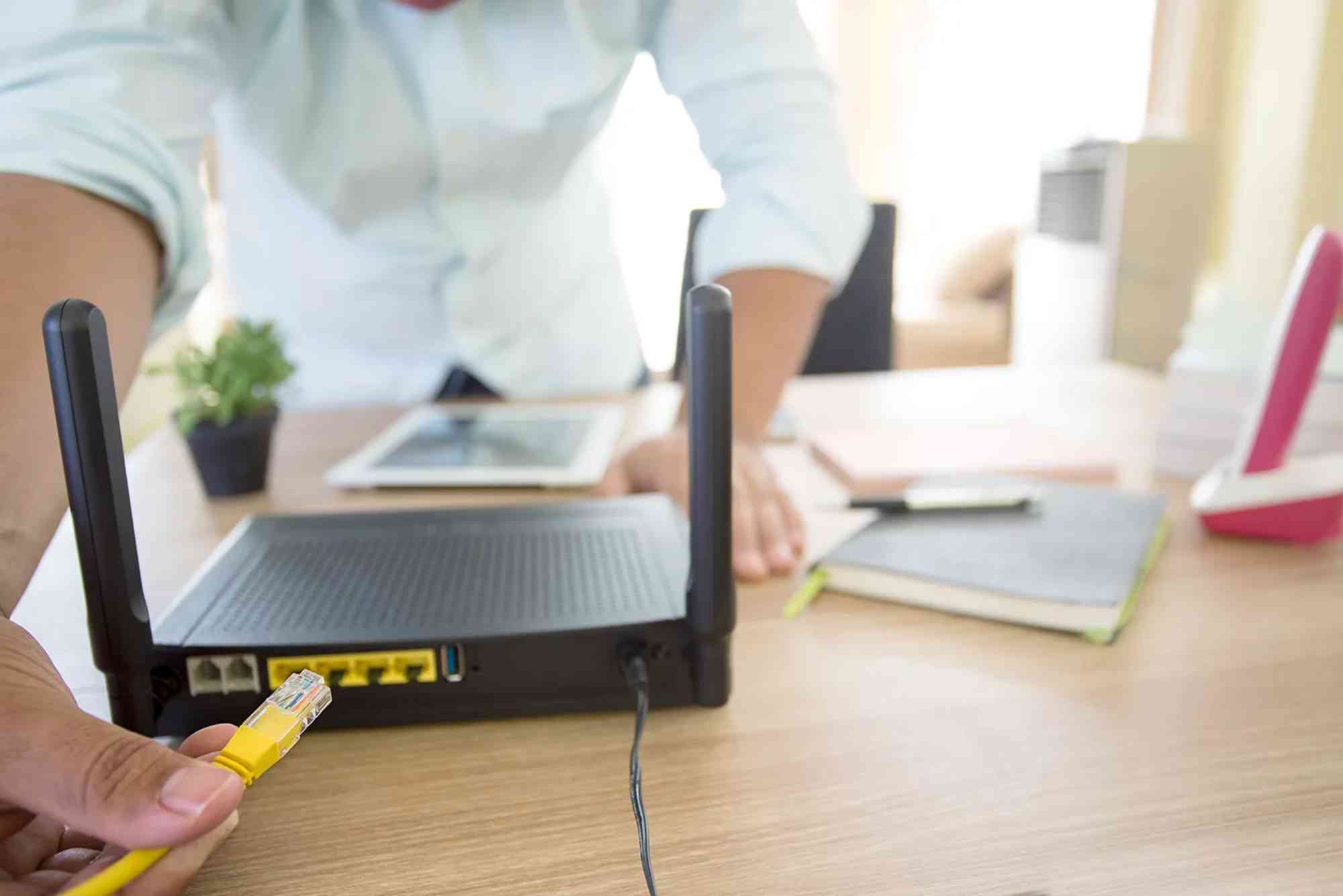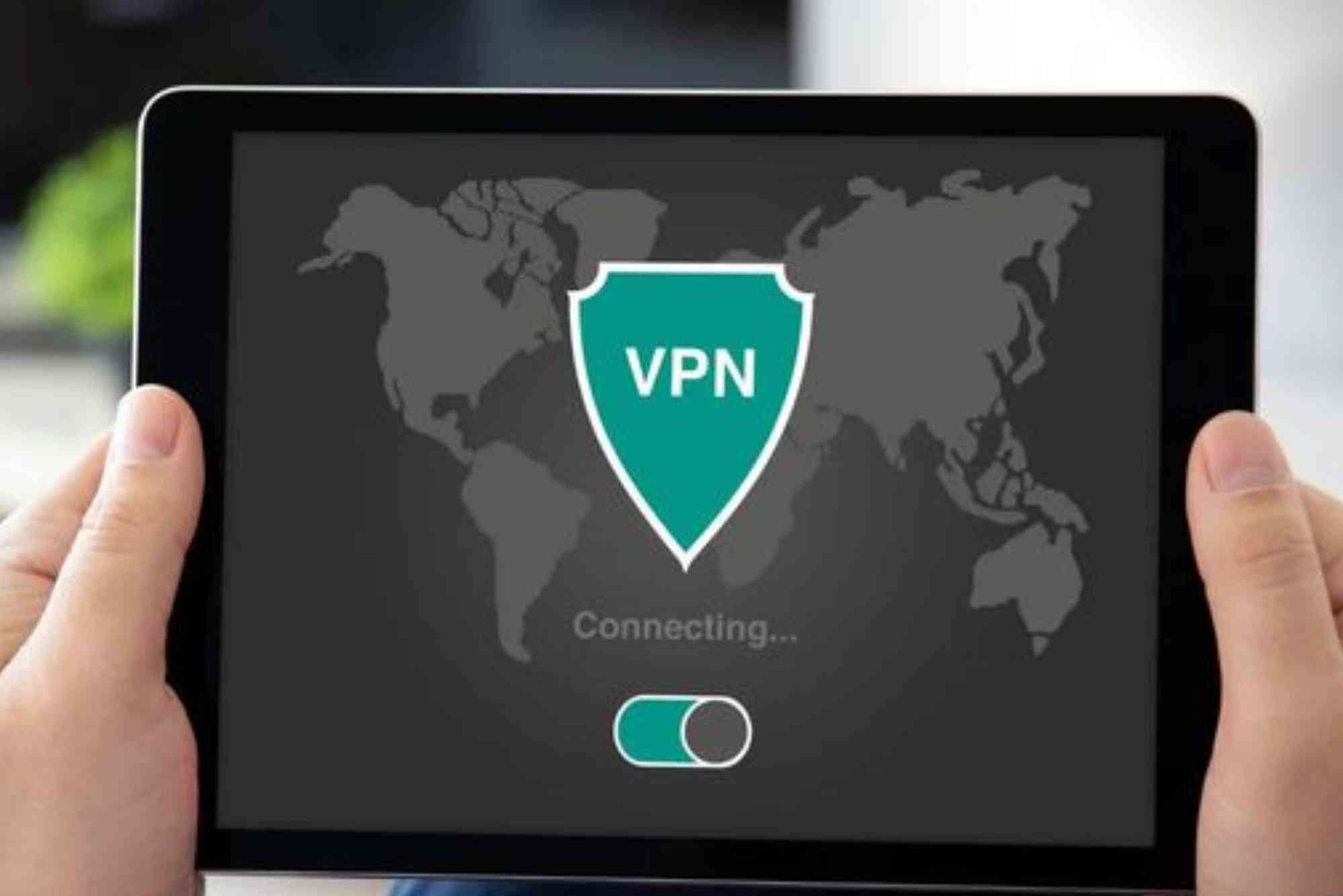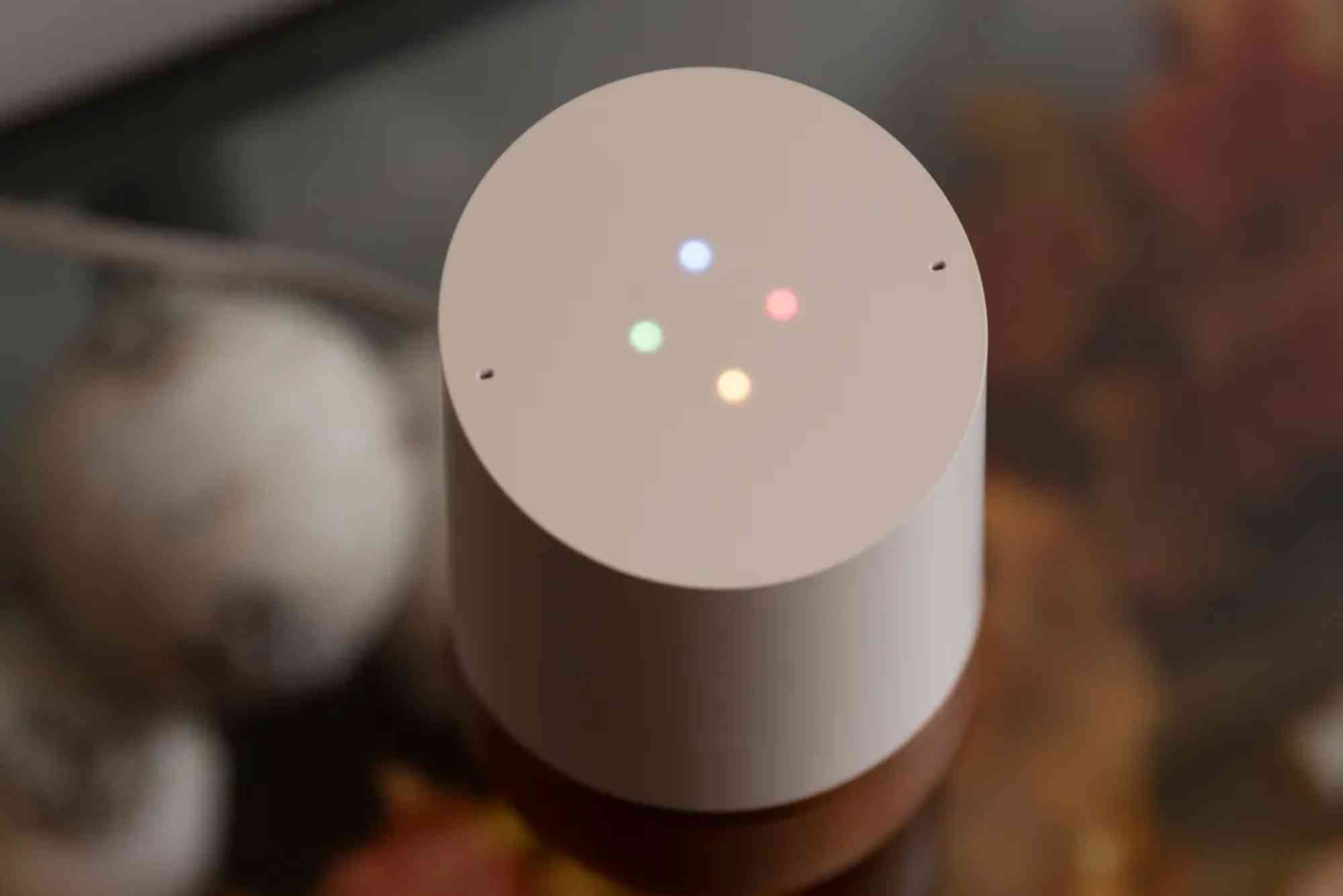How Does Fiber Optic Internet Work? Explained Simply
Internet speed has become as essential as electricity in today’s digital world. Many people are switching to fiber optic internet because it’s faster, more reliable, and future-proof. But how does fiber optic internet work? To answer that, let’s break it down step by step in simple terms.
What Is Fiber Optic Internet?
Fiber optic internet is a type of broadband connection that uses thin strands of glass or plastic (called optical fibers) to transmit data as pulses of light. Instead of relying on electricity like traditional copper cables, fiber uses light, which makes it extremely fast.
Why Light Instead of Electricity?
Light travels faster and suffers less interference compared to electrical signals. This allows fiber internet to carry large amounts of data over long distances without slowing down.
How Does Fiber Optic Internet Work?
The key lies in optical fibers. Each fiber is about the width of a human hair and is designed to carry light signals.
The Role of Optical Fibers
Optical fibers have three layers:
- Core – the central part where light travels.
- Cladding – reflects light back into the core to prevent data loss.
- Coating – protects the fiber from damage.
This design ensures light signals bounce through the cable and travel efficiently.
Transmission of Data as Light
Your internet data is converted into light signals by a device called a transmitter. These signals then travel through the optical fibers at nearly the speed of light.
Receiving the Data
At the other end, a receiver converts the light signals back into data that your computer, smartphone, or TV can understand.
Types of Fiber Optic Connections
Not all fiber connections are the same. Here are the most common ones:
FTTH (Fiber to the Home)
- Delivers fiber directly to your house.
- Offers the highest speed and reliability.
FTTN (Fiber to the Node)
- Fiber runs to a nearby cabinet, and copper wires connect to your home.
- Slightly slower due to the copper part.
FTTC (Fiber to the Curb)
- Fiber reaches the street corner, then copper completes the connection.
- Faster than DSL but not as strong as FTTH.
Why Fiber Optic Internet Is Faster
Light Speed Transmission
Since fiber uses light, it can transmit data close to the speed of light.
Higher Bandwidth
Fiber can handle more devices at once without lag, unlike copper cables.
Low Latency
Latency is the delay in sending or receiving data. Fiber has very low latency, making it ideal for gaming and video calls.
Benefits of Fiber Optic Internet
Super-Fast Speeds
Fiber offers speeds up to 1 Gbps and beyond, enough to stream, work, and game without buffering.
Reliable Performance
Unlike copper, fiber is less affected by weather, distance, or electromagnetic interference.
Future-Proof Technology
With digital demands growing, fiber is built to handle the internet of the future.
Better Upload and Download Speeds
Unlike cable, which favors downloads, fiber provides symmetrical speeds.
Fiber Optic Internet vs Cable Internet
| Feature | Fiber Optic Internet | Cable Internet |
|---|---|---|
| Speed | Up to 1 Gbps+ | 100–500 Mbps |
| Reliability | Very high | Moderate |
| Latency | Very low | Higher |
| Upload Speeds | Equal to downloads | Slower |
| Future readiness | Yes | Limited |
Simple Example: Fiber in Daily Life
Think of data like cars on a road.
- Copper cables are like narrow roads with traffic jams.
- Fiber is like a six-lane highway with smooth flow.
This is why fiber internet feels so much faster and more reliable.
Who Should Choose Fiber Internet?
- Remote workers who need seamless video calls.
- Gamers requiring low latency.
- Families with multiple devices streaming and browsing.
- Businesses that rely on cloud applications.
If you’re in a location where fiber is available, it’s one of the best choices you can make.
Dhanote Internet Services – A Trusted Fiber Provider
If you’re considering fiber internet, Dhanote Internet Services offers reliable, high-speed connectivity. Their services are designed to keep you connected with the latest fiber optic technology.
FAQs
How does fiber optic internet work in simple terms?
It works by sending data as light signals through thin glass fibers. This makes it faster and more reliable than traditional cables.
Is fiber internet better than Wi-Fi?
Wi-Fi is how devices connect wirelessly in your home. Fiber is the connection type from your provider. Fiber internet makes your Wi-Fi faster and more reliable.
Does fiber optic internet require a modem?
Fiber requires an ONT (Optical Network Terminal) instead of a traditional modem. This device converts light signals into digital data.
Can fiber optic internet go down?
While it’s more reliable than cable, it can still go down due to power outages or cable damage. However, outages are rare.
How long does fiber optic installation take?
Usually, installation takes 2–4 hours, depending on your home setup.
Is fiber optic internet worth it?
Yes. If available in your area, fiber offers unmatched speed, reliability, and long-term value.

